Waase
Marina near Ummanz
Latitude
54° 27’ 20.5” NLongitude
13° 10’ 43.7” EDescription
Small jetty in the south of the island of Ummanz.
NV Cruising Guide
Navigation
The approach is only recommended during the day. From buoy pair 61 and 62 of the Hiddensee fairway, steer 065° towards the channel marked with pilings. The pilings are located at short intervals on the starboard side of the channel. Changes of direction in the approach are marked by pilings on both sides.
Berths
The 45 m long and well paved quay is company grounds. Guests can find berths here in very limited numbers with the permission of the owners. However, the work of the fishermen must not be interfered with. At the jetty the water depth is 1 - 1.5 m.
Surroundings
A restroom and drinking water hookup are available at the fishermen. A restaurant is located at the pier and other supplies immediately north of the pier.
A small church is one of the sights of the village; its altar dates from the 15th century.
NV Land Guide
Whoever moors in Waase on time can still go to the evening service. Only a few steps away from the berth is the village church. Whether the pastor is in top form for his sermon, we can not promise. But there is no question that the village church of Waase is a historical building worth seeing. It was built around 1450 on the site of an even older church, although the half-timbered walls of the nave are thought to have been built in the 16th century. A single sturdy wooden beam stabilises the wooden ceiling of the church. The late Gothic wall paintings were uncovered around 1930. They are believed to date from shortly after the church was completed.
The carved altar, made in Antwerp, is considered a "three-star sight". In the 16th century it still adorned Stralsund's Nikolaikirche, then the Heiliggeistkirche and was finally transported to Waase around 1710. At that time the church belonged to the city of Stralsund. In addition to the crucifixion of Christ, the carvings show the oath of King Henry II and the death of Thomas Beckett. The twelve-branched chandelier decorated with figures dates from the 15th century. In front of the church stands the massive, wooden belfry of the place of worship.
Even without the beautiful village church, Waase on Ummanz is one of the particularly appealing destinations around Rügen. The sparsely populated island is particularly captivating for its scenic attractions, which entice you to get out your folding bike and explore the flat area. The ride takes you past extensive pastures with grazing herds of horses and fields of reeds, with a barge moored here and there.
Suhrendorf, Wusse, Haide and Freesenort are the names of the other small settlements on the island, which was only connected to the mainland by the 250-metre-long, low bridge in 1901. Until then, the people of Ummanz lived in similar isolation from the main island as the Mönchgut people in the southeast (see Gager). Only a few hundred inhabitants are said to have lived there for many centuries. Ummanz still does not have more than about 1000 inhabitants, but with almost 20 km² it is about as big as the popular holiday island Hiddensee, which can be seen from a small hill on the beach near the Suhrendorf camping site. There are not many vantage points. Only 5m high is the highest elevation north of Haide.
Together with the island of Heuwiese offshore south of Ummanz, Freesenort forms a nature reserve that belongs to the National Park Vorpommersche Boddenlandschaft and is a breeding ground for a variety of bird species. The tall poplars of Freesenort are also protected. They serve as landmarks for ships coming from the Strelasund. In the old sexton's house in Waase, right next to the bridge, there is an information centre of the national park.
The pleasantly inconspicuous bridge from Waase to Mursewiek separates "Die Breite" from Koselower See and allows excursions across the Lieschow peninsula to Gingst, the small but still largest village in the area. Here, a visit to the museum is especially recommended, where the tools of the farmers and the former crafts are shown as well as old household objects. The exhibition on weaving in the Gingster Efeuhaus is particularly worth a visit. The village church, built around 1300, was destroyed by fire in the 18th century. It was rebuilt in baroque style and with the same furnishings.
Marina Information
Contact
Surroundings
Electricity
Water
Toilet
Grocery
Bikerental
Garbage
Comments
You can add comments with the NV Charts App (Windows - iOS - Android - Mac OSX).
You can download the current version at nvcharts.com/app.
Buy nv charts covering this place Clicking one of the products will open the nv charts shop.
Places nearby
Related Regions
This location is included in the following regions of the BoatView harbour guide:
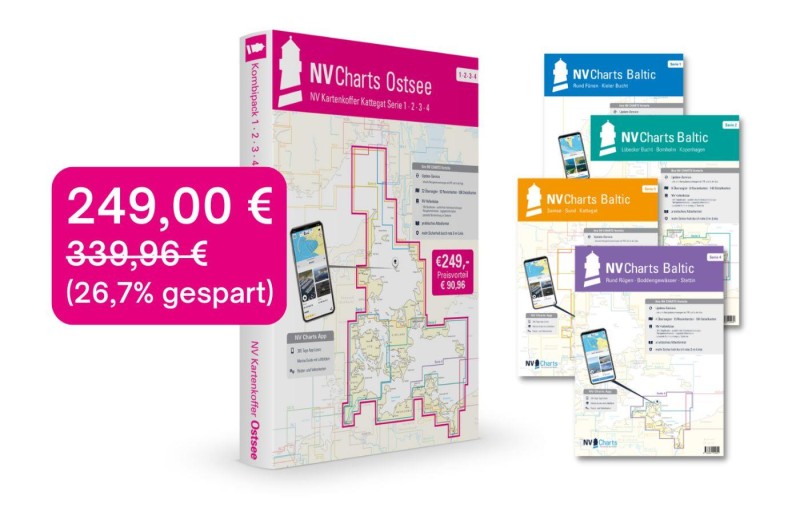
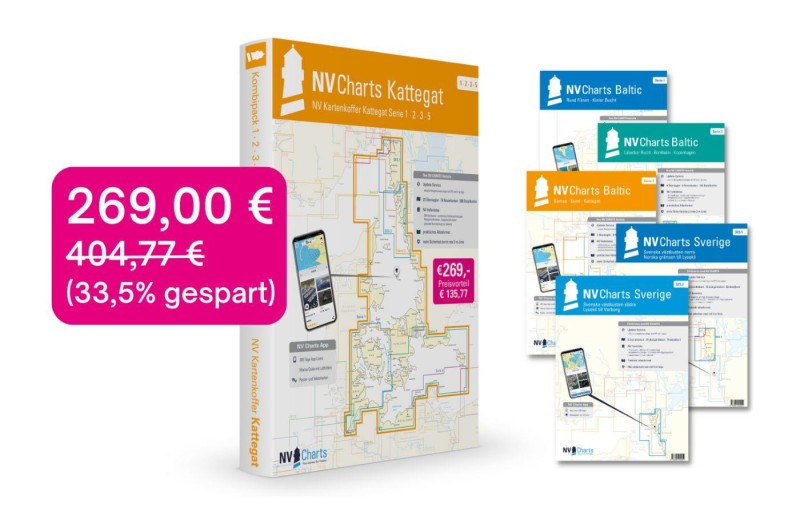
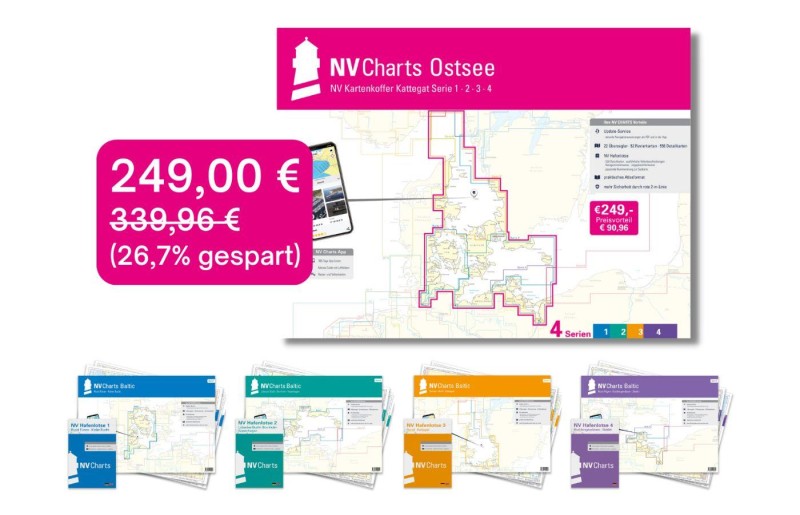
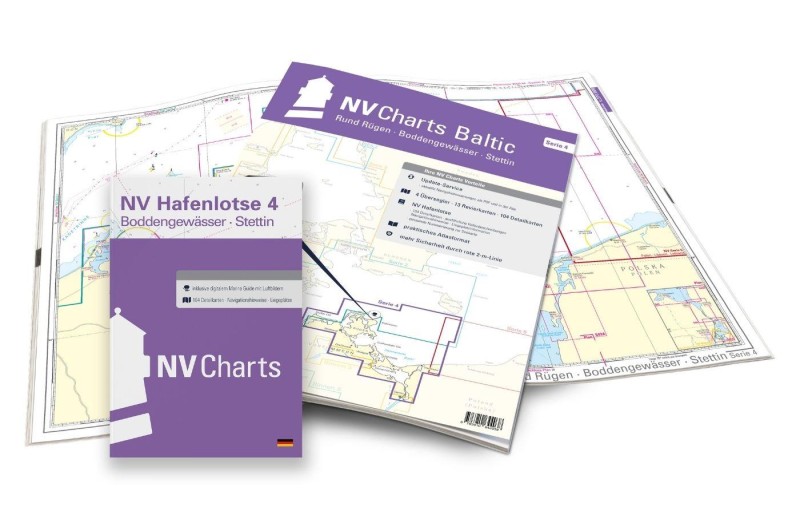
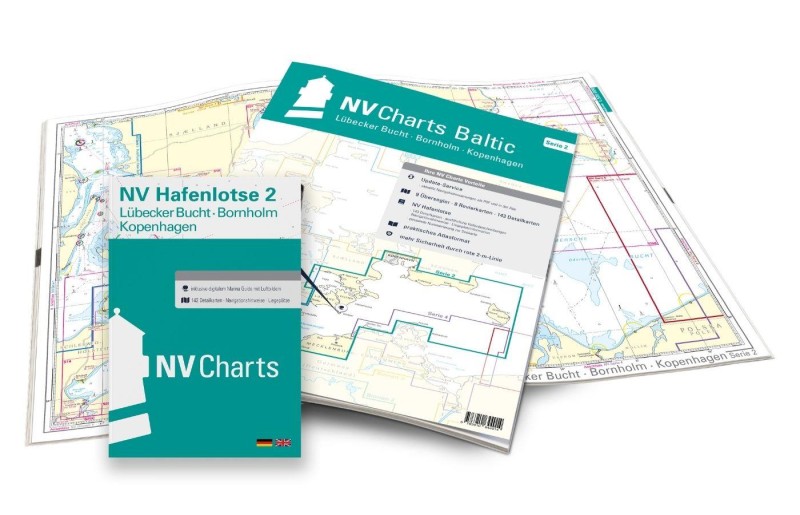
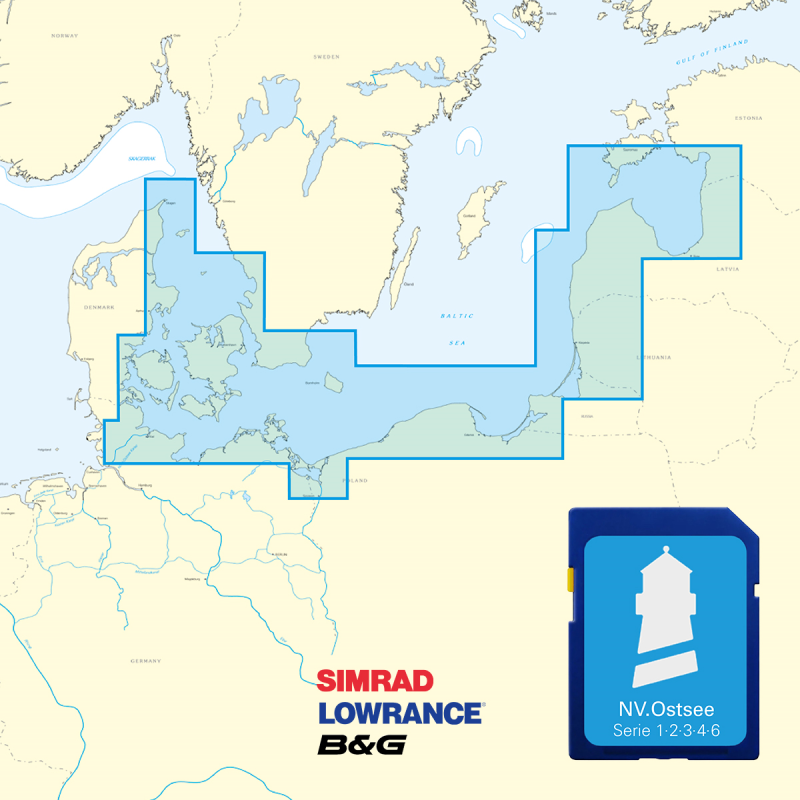
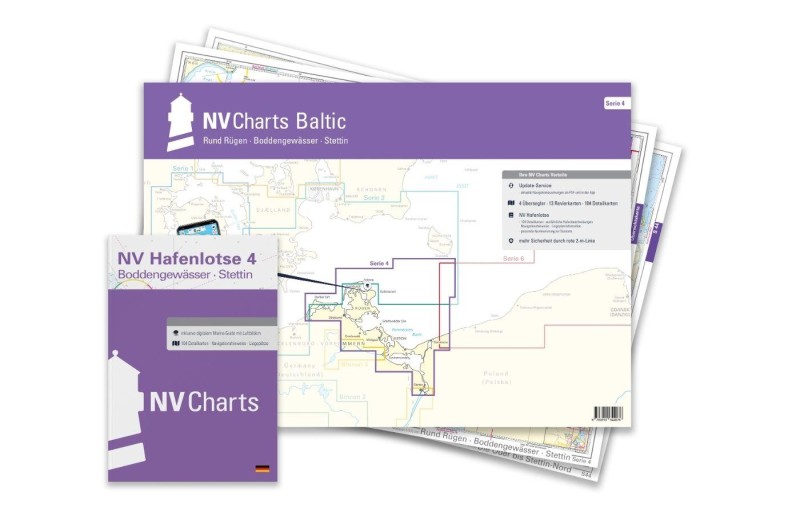
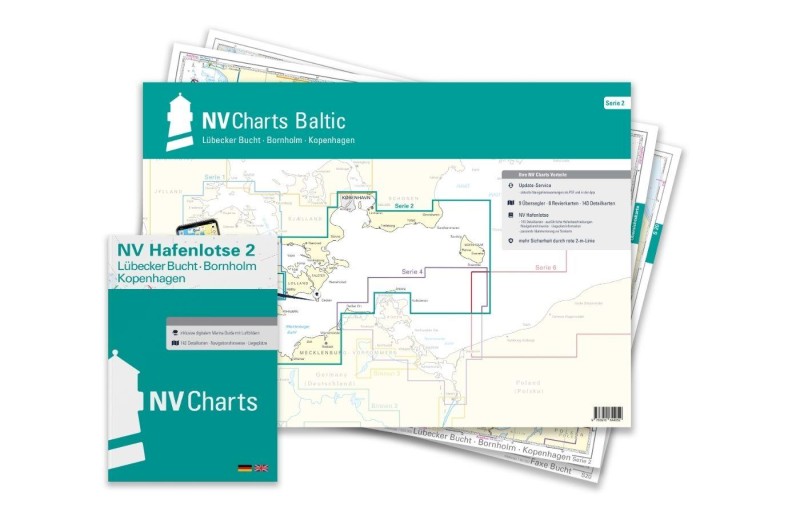
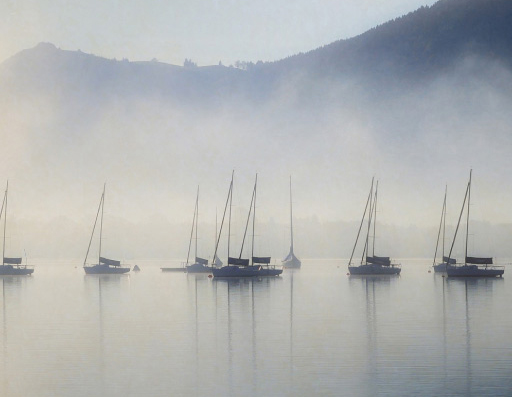
No comments or ratings have been added to this POI.